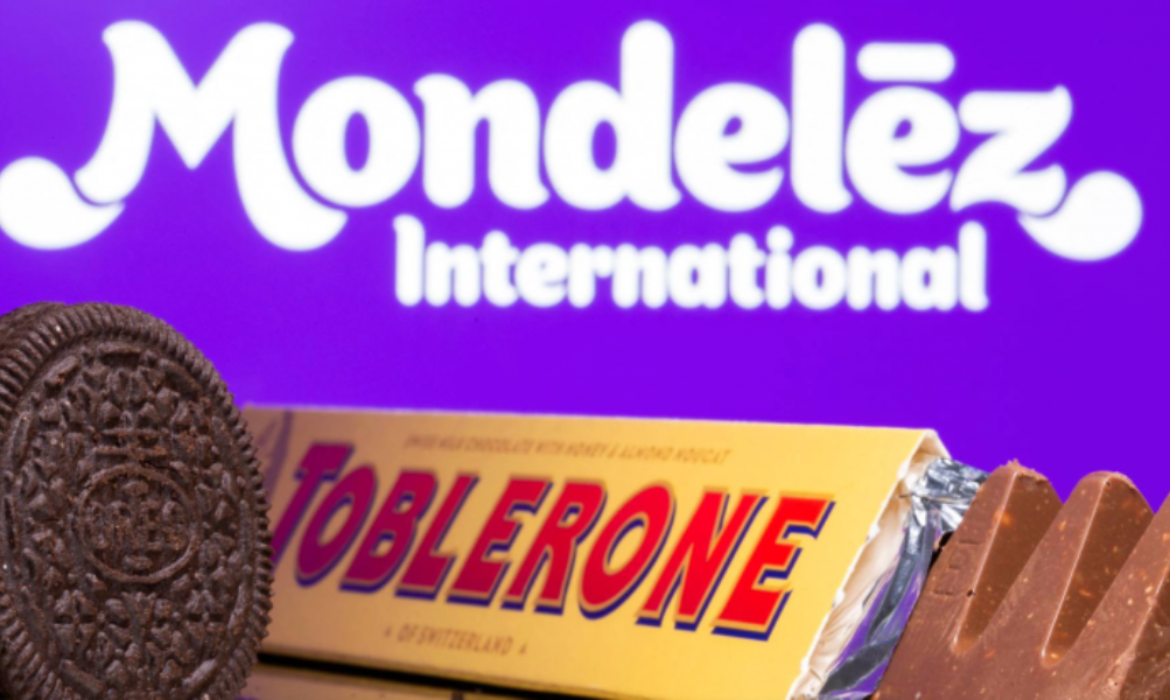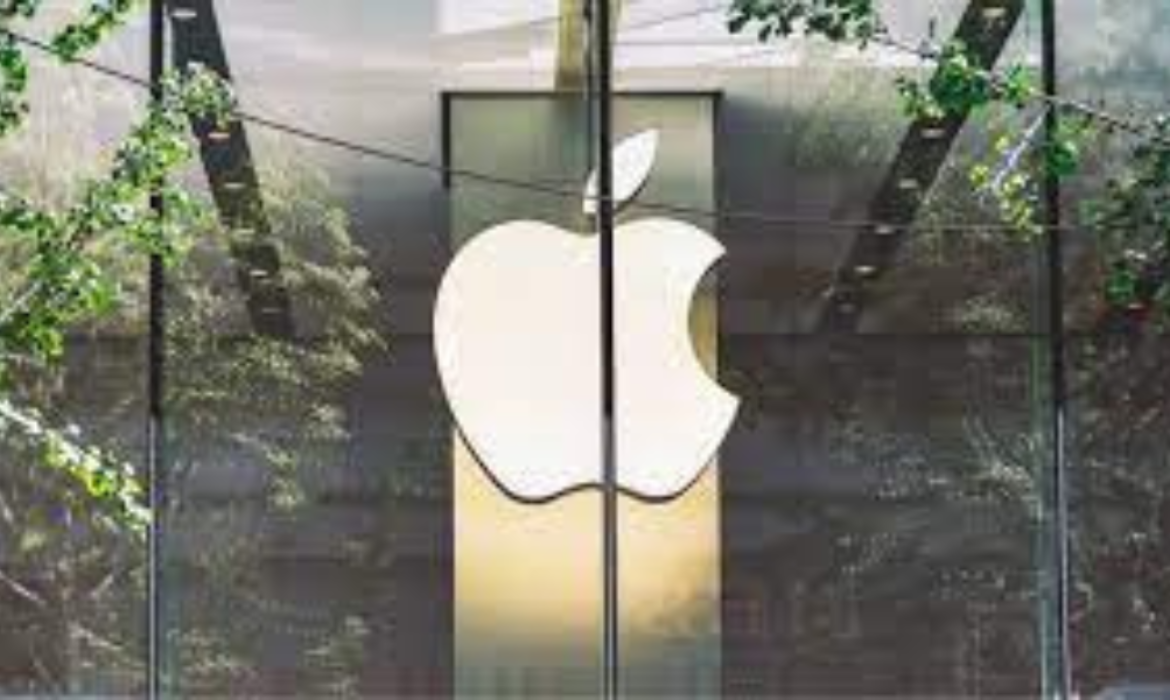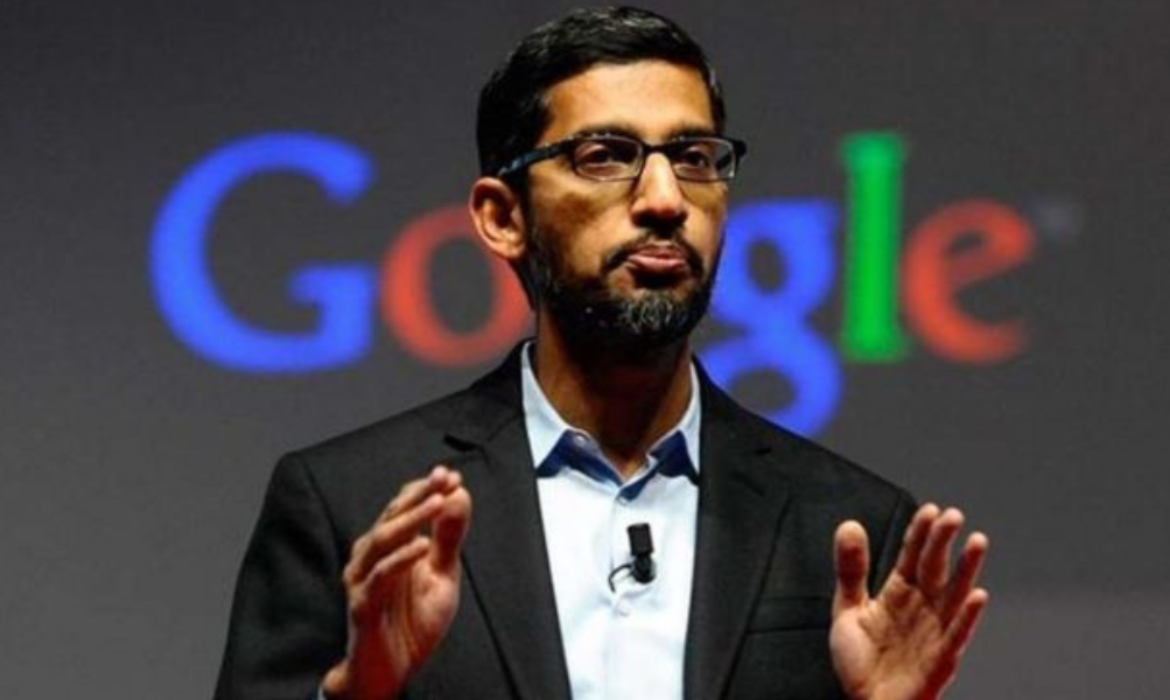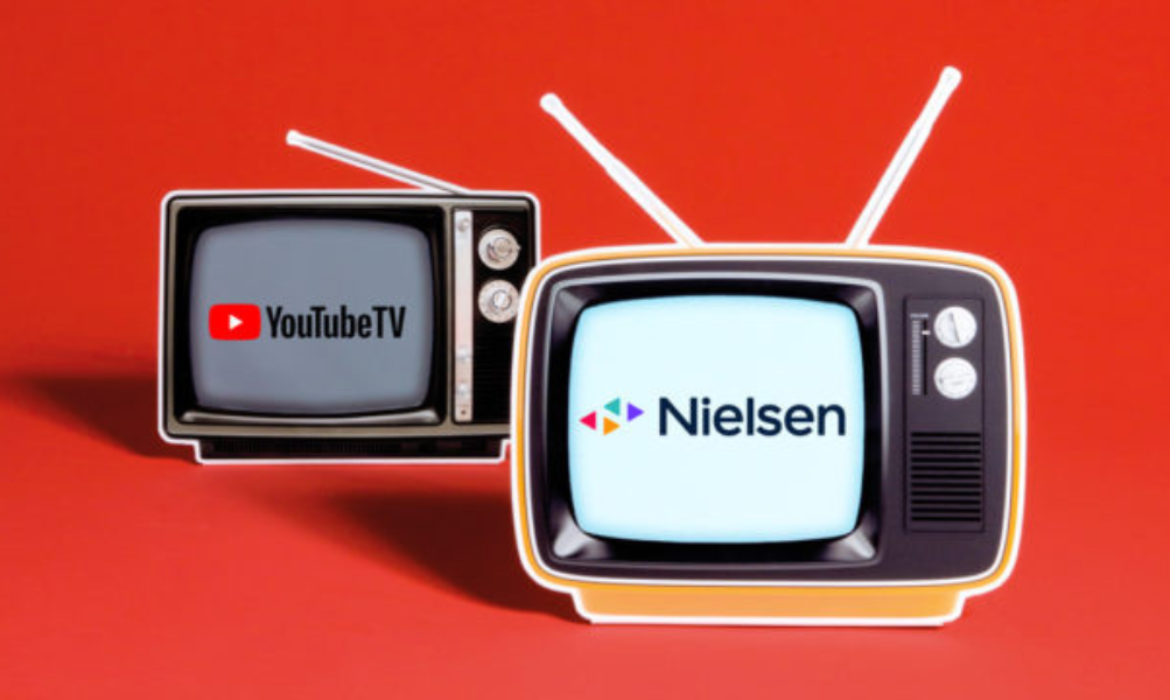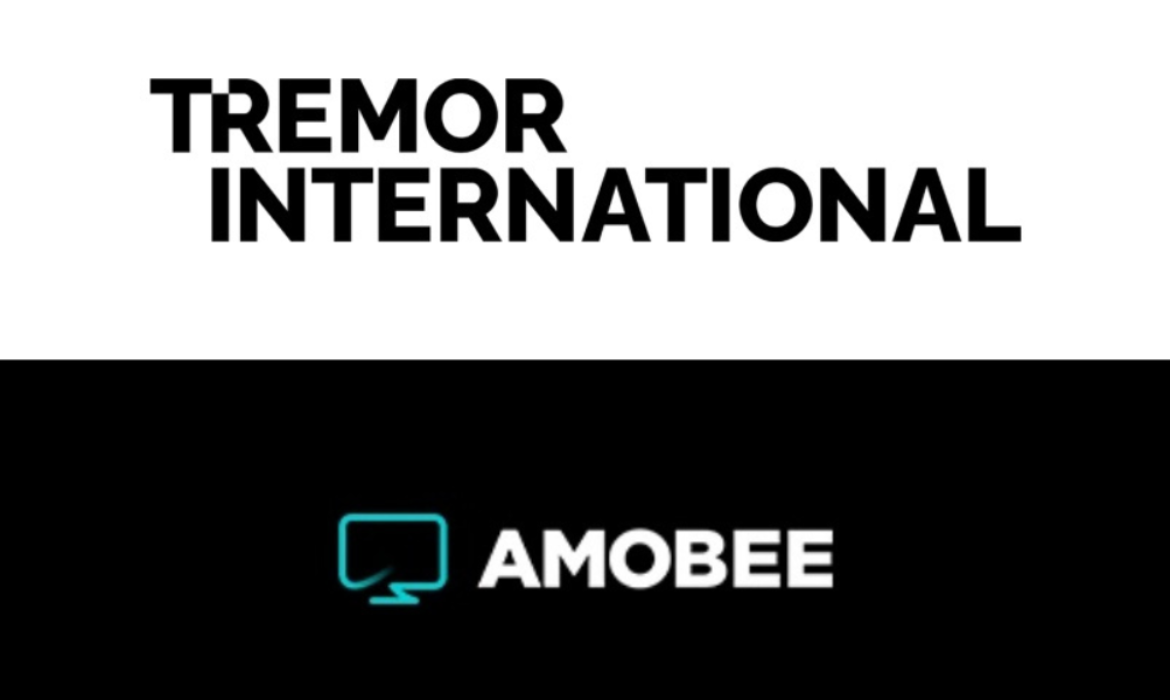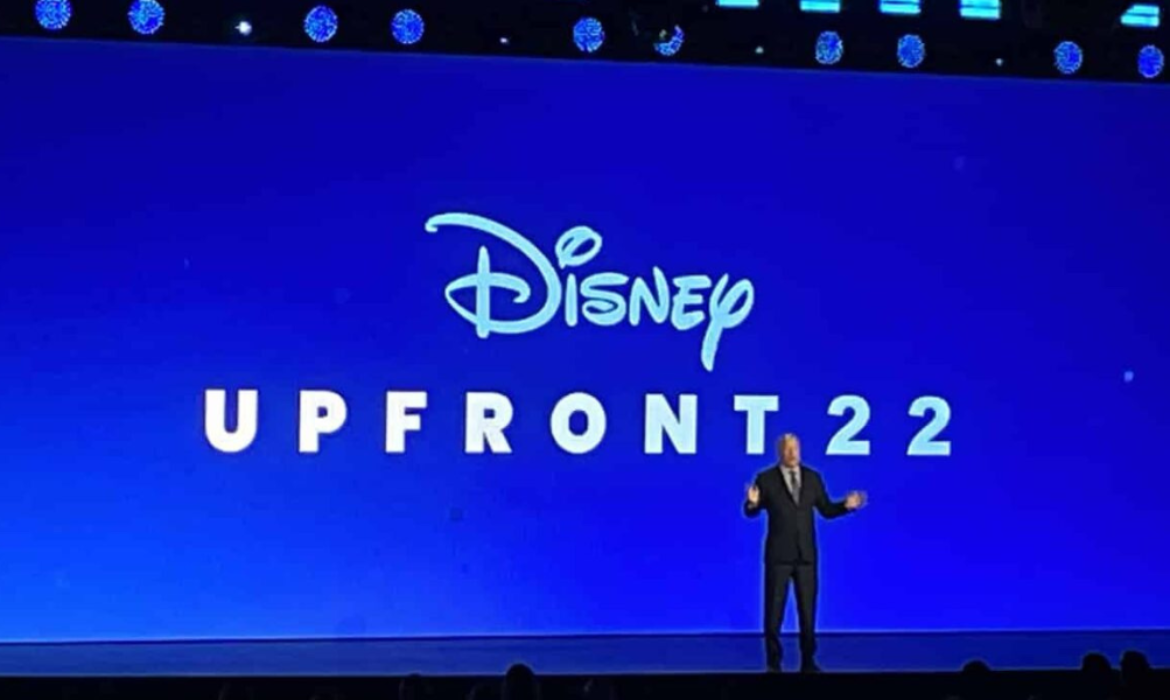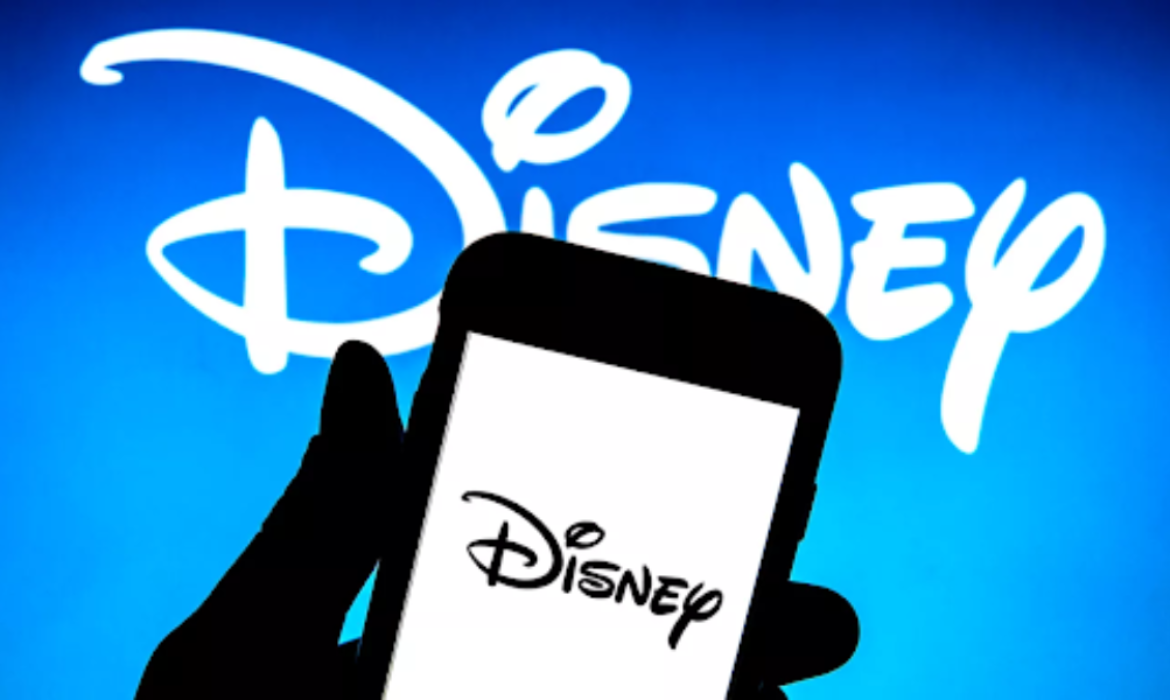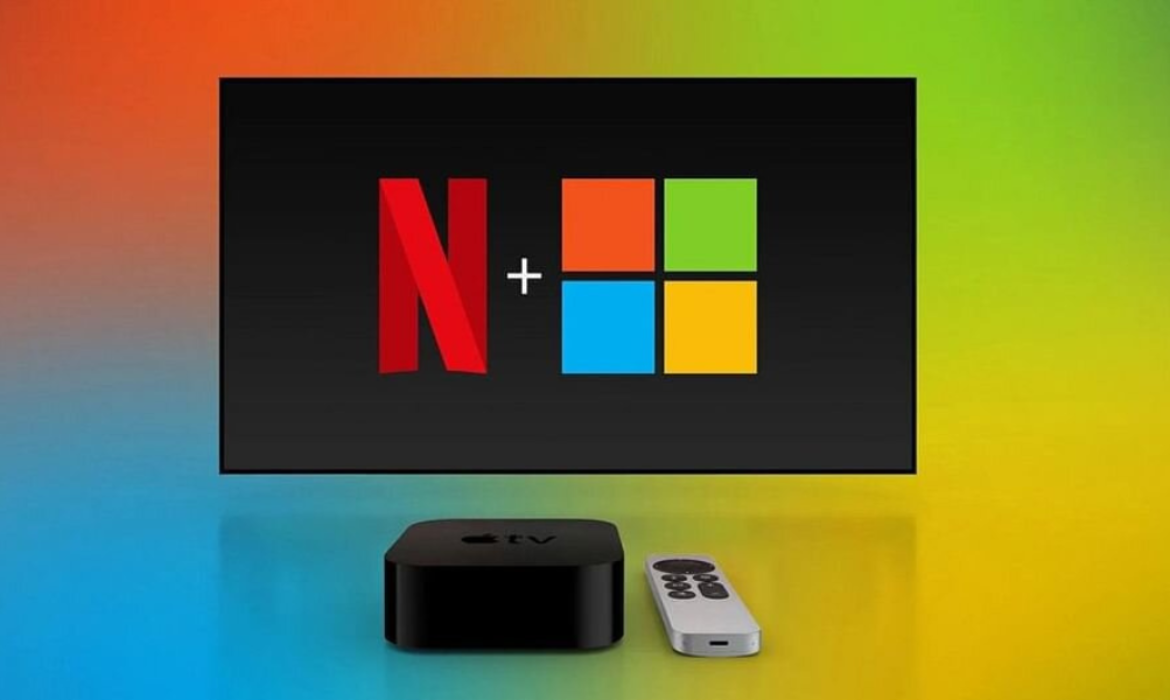Have You Played Netflix Games?
Netflix is becoming more aggressive in its push into gaming, but less than half of the streaming giant’s subscribers are playing at the moment. In fact, it plans to double its video game catalog by year’s end. Games have been rolled out since November to keep users engaged between show episodes. The games are accessible to subscribers on the Netflix app.
Isn’t Netflix streaming service, why games?
In a streaming market dominated by Netflix, Amazon Prime Video, Hulu, and Disney Plus are its most obvious competitors. However, Netflix has other plans. Rather than competing for the title of leading streaming service, it vies for users’ attention.
Gaming is therefore an appropriate addition to its entertainment offerings. In between movies and shows, subscribers can play games on Apple iOS and Android devices. Netflix’s subscriber base has also been declining, and it’s not surprising that Netflix is interested in exploring a different demographic.
Over the past year, Netflix has acquired three mobile game studios in order to broaden its entertainment offerings. Recently it acquired Finnish developer Next Games for a total value of $72 million. As per stats obtained by CNBC, Apptopia estimates that Netflix games have been downloaded 23.3 million times, with an average daily user of 1.7 million people.
That may sound impressive on paper, but it represents less than 1% of Netflix’s 221 million subscribers. This data appears to indicate that approximately 200 million people who have access to Netflix’s game library are currently not playing them or are unaware of its existence.
The reason? A big problem with Netflix is that not many of its subscribers care, and it does not spend much on PR campaigns. Despite owning all three game studios, the company spends more on one big-budget movie than it does on all three. However, Netflix is now bringing AVOD to the forefront, hopefully selling more subscriptions while compensating for any revenue losses (and increasing revenue).
The importance of games to Netflix’s overall strategy has arguably grown in recent months, as the company competes for user attention more aggressively. Netflix lost nearly a million subscribers in the Q2, after losing 200,000 in the first — its first major subscriber decline in more than a decade.
Interesting Read: AVOD Surprise: Netflix Advertising Powered By Microsoft
TikTok, a strong competition
Video games are a multi-year endeavor that requires a dedicated and talented team. Even though Netflix produces good games like Stranger Things, Exploding Kittens, or Moonlighter, it takes more than a few titles to entice the gamers away from their Xbox, Playstation, or Apple Arcade and play them. Netflix understands that apps like TikTok are its main competitors for mobile attention.
Netflix named Epic Games and TikTok as two of its main competitors for people’s attention. The company claimed they are in the early stages of expansion into games and view it as another new content category. A key benefit of the strategy for Netflix is that it can drive engagement beyond the show’s initial release and revenue.
A lot of ambiguity
Netflix has been tight-lipped about how it intends to make video gaming a core component of its strategy. According to CNBC, Netflix appears to have taken a risk, as COO Greg Peters stated last year that the company was “many months and really, frankly years” into learning about the gaming industry. In the Q4 earnings call, he also said,
“We’re going to be experimental and try a bunch of things. But I would say the eyes that we have on the long-term prize really center more around our ability to create properties that are connected to the universes, the characters, the stories that we’re building.”
Leanne Loombe, Netflix’s head of external games, said during a panel at the Tribeca Film Festival in June.
“We’re still intentionally keeping things a little bit quiet because we’re still learning and experimenting and trying to figure out what things are going to actually resonate with our members, what games people want to play.”
The streaming service hinted earlier this year that it would license popular intellectual property for its new gaming offerings. However, there are no details on investment in this capital-intensive segment.
As projected by Apptopia, Netflix games have less than a quarter of the downloads of the top mobile games. Examples include Subway Surfers, Roblox, to name a few and each has over 100 million downloads. As quoted by CNBC, Netflix co-CEO and co-founder Reed Hastings said earlier,
“We’ve got to please our members by having the absolute best in the category.“We have to be differentially great at it. There’s no point of just being in it.”
Despite that, Netflix plans to double the number of games in its library from 24 to 50 which will also include Queen’s Gambit Chest based on the show by the end of this year. Netflix’s games aren’t attracting anyone despite a solid list and a small percentage of subscribers playing them. On the other hand, there are hundreds of lousy mobile games that have twice as many downloads.
Evidently, gaming is still in the infant stage for Netflix. Considering the company is looking to reduce expenses, is it worthwhile to invest more money in this gaming experiment?
Interesting Read: The Journey From Deterministic To Probabilistic Marketing
Publicis Groupe Wins Most Of Mondelez’s Global Media Business
Publicis Groupe won a lion’s share of Mondelez’s global media business – the makers of Cadbury and Oreo worth $1.6bn, as per media reports. The remaining business is with WPP and Vayner Media.
Publicis will lead the business in Latin America, Europe, the Middle East, and the North African Peninsula, South Africa, and China. It will also manage Mondelez’s traditional video investment, content, and multicultural marketing in the U.S. and Canada. Publicis Groupe has gained $450 million of media billings across Europe, including the UK and Italy (formerly handled by Carat) as well as France and Germany (formerly handled by Wavemaker). By acquiring major European markets, it is estimated that it has increased the global billings from 30% to 70%
The redistribution of the business took place following a review that concluded this week. VaynerMedia has continued to lead communications planning and digital buying in the US and Canada. WPP has been appointed to lead Mondelez business in Southeast Asia, India, Australia, New Zealand, and Japan.
Mondelez is one of the world’s largest advertisers, spending $1.6 billion on advertising in 2021. Recent years have seen Publicis Groupe slowly expand its share of Mondelez advertising services.
Campaign UK quoted a Mondelez spokesperson as saying,
“To lead the future of snacking, we are continuing to evolve our marketing approach to be more consumer-centric and digitally-enabled than ever before. Since our last media review in 2018, we have re-engineered our agency model across creative and production to deliver meaningful impact to the Mondelez business.
After a careful review, we are proud to announce key media agency partners have been selected to build on this foundation and further accelerate our growth.”
Interesting Read: The Journey From Deterministic To Probabilistic Marketing
Is Apple Building A Demand Side Advertising Platform?
Apple appears to be launching its own demand-side platform, though details are thin. Recent job postings hints that the company is expanding its ad business. An Apple job posting indicated that the company is looking for a product manager with 8 years of experience building a mobile demand-side platform and optimizing mobile campaigns.
Digiday broke the news that hiring in the Ad Platforms division has risen significantly since the beginning of 2022. It also highlighted job listings that state Apple is building “the most privacy-forward, sophisticated demand side platform possible”.
Read N0w: AdTech Vs MarTech: Let’s Settle This Once For All!
Why a DSP?
For any ad company, DSPs represent their intent. Apple’s decision to make it more difficult for companies to sell ads within its ecosystem has enabled it to grow exponentially.
The DSP is a crucial part of any ad tech stack with the goal of winning more media dollars. Basically, it’s the technology that allows a marketer to automate their advertising. The automation of the process is important because it means marketers scale up campaigns based on performance indicator factors, aided by machine learning. It is important that the platform is well-engineered so that advertisers are satisfied and will spend more on it.
In order to create a good DSP, a significant investment of time and money is required. Times have changed and Apple seems to be changing its position on online advertising. This is settled through a DSP.
Apple has scaled and built its advertising business behind the scenes, leveraging its ecosystem assets and user data, they have created seamless consumer experiences. The next logical step in this evolution is for Apple to build its own DSP. As a result, they will have full control over how and where their data is used, preventing leakage outside of their walled garden.
Apple adds new ad plans
Earlier this month, Apple announced they were adding two new advertising slots to its App Store. In the near future, developers will have the ability to place ads outside of the Search tab and Search results. The new advertising spot will appear alongside editorial content on the ‘Today’ page of the App Store. Another ad placement will appear on product pages under the tab “You May Also Like”.
Will the DSP succeed?
Long-time Apple observers will know Apple’s iAds failure. It was a mobile advertising platform that allowed third-party developers to embed advertisements into their applications directly. But Apple takes another chance at that market, to add to its growing pile of services revenue sources. Introducing new advertising opportunities in the App Store and recruiting a team to build its own DSP.
As DigiDay notes, it remains unclear if the intended DSP is geared toward serving ads solely on Apple’s owned and operated properties, such as the App Store itself or on the millions of iOS apps, or even on third-party properties such as the mobile web.
For industry experts, Apple’s plans to launch a DSP are not particularly surprising especially considering industry trends and its privacy-oriented mission.
And Google Does It Again, Delays Phaseout of Third-Party Cookies
Advertisers and publishers can heave a sigh of relief as Google delays phasing out of third-party cookies in the second half of 2024. In light of the news, marketers, developers, and publishers will now be able to spend more time developing alternative privacy-preserving ad solutions. In spite of this, the industry feels the heat.
This is the second time Google pushed off the cookie demise. Previously, it extended the deadline to late 2023. However, Anthony Chavez, Google’s VP of the Privacy Sandbox, explained in a blog post that the decision is made based on feedback.
“The most consistent feedback we’ve received is the need for more time to evaluate and test the new Privacy Sandbox technologies before deprecating third-party cookies in Chrome. This feedback aligns with our commitment to the CMA to ensure that the Privacy Sandbox provides effective, privacy-preserving technologies and the industry has sufficient time to adopt these new solutions.”
Chrome plans to extend its Privacy Sandbox API testing timelines ahead of the death of cookies. Chavez said in the blog,
“This deliberate approach to transitioning from third-party cookies ensures that the web can continue to thrive, without relying on cross-site tracking identifiers or covert techniques like fingerprinting.
The web developers already have access to these APIs, and the company will roll out the trials beginning in early August.
“The Privacy Sandbox trials will expand to millions of users globally, and we’ll gradually increase the trial population throughout the rest of the year and into 2023. Before users are added into the trials, they will be shown a prompt giving them the option to manage their participation. As the web community tests these APIs, we’ll continue to listen and respond to feedback.”
For those unfamiliar, the Privacy Sandbox is Google’s initiative that replaces third-party cookies as well as cross-site tracking identifiers, fingerprinting, and other covert techniques once privacy-conscious alternatives have been developed.
Global regulators -all eyes on Google
Google’s privacy protocols have been on the radar of the global regulators after the UK’s antitrust regulator, Competition and Markets Authority (CMA) launched an investigation into the company’s cookieless solutions for the future. While the CMA accepted revised commitments from Google, it pledged not to remove third-party cookies until it was satisfied that its competition concerns had been addressed.
The ad industry’s and CMA’s main concern is that Google should not dominate the digital advertising space if other companies do not have access to third-party cookies. Hence, Google pledged not to give preference to its own adtech after cookie deprecation and work fairly with its competitors.
With the cookie phase-out announcement, companies are already involved in developing alternate solutions like data clean rooms, independent web IDs, and more. This further delay will give them additional time to prepare, test, and adapt new solutions. Brands can utilize this time wisely. They can explore as well as evolve their data and tech strategies to prepare for a cookieless future.
Nielsen Launches Four-Screen Ad Deduplication For YouTube
Media buyers can now reduce overlapping purchases with Nielsen’s new Four-Screen Ad Deduplication product, which compares audiences across desktop, mobile, CTV, and linear. (There is something new about the four-screen equation: CTV versus linear.)
Interesting Read: Is Measurement Giant Nielsen $16Bn Buyout A Hope For Turnaround?
Nielsen currently supports this capability through Total Ad Ratings (TAR). Nielsen plans to expand the Four-Screen Ad Deduplication measurement in Nielsen ONE to all publishers later this year.
Moreover, Nielsen informed buyers and distributors that Nielsen ONE is on the way, with outcome-based measurement added last month and plans to roll out in 2024.
Nonetheless, YouTube is a logical place to focus. It leads the way when it comes to video consumption, part of a broader category Nielsen is trying to capture with its new measurement product. Nielsen held its first upfront this year as a way to make its way into traditional TV.
Interesting Read: Bridging The Gap: Is YouTube Unifying Linear And CTV Ad Buying?
Nielsen adds CTV deduplication to its Total Ad Ratings product, which helps media buyers differentiate linear TV inventory from CTV inventory to more accurately measure the fourth screen. This is noteworthy because YouTube accounts for over 50% of ad-supported streaming watch time on connected TVs among people aged 18+ in the U.S.
Nielsen Four-Screen Ad Deduplication for YouTube gives advertisers and agencies a comprehensive view of an entire campaign to better understand reach, manage the frequency and verify the audiences of their media buys.
And that’s what they said
Debbie Weinstein, Vice President, Global Advertiser Solutions, Google & YouTube said,
In a converged world, customers need a complete picture of their ad spend across all screens. Nielsen enabling advertisers to compare YouTube’s reach across mobile, desktop and now CTV to TV is a tremendous step towards their vision for Nielsen One, and we look forward to their continued efforts to bring cross media measurement to the industry.
Kim Gilberti, Senior Vice President, Product Management, Nielsen said,
Four-screen measurement is a critical step toward Nielsen ONE, as it provides the comparability necessary to produce a trusted, deduplicated number across platforms that enables clients to better understand reach, manage frequency and verify the audiences of their media buys.
As consumer engagement across platforms continues to converge, digital measurement must provide continuous and comparable metrics across all channels.
Interesting Read: All You Need To Know About Connected TV Advertising!
Why Adtech Firm Tremor International Buys DSP Amobee For $239 Million
Tremor International, a video-focused advertising-technology company, is buying Singtel’s digital arm Amobee, a cross-channel, demand-side advertising platform, for $239 million. It will acquire Amobee’s Omnichannel Demand Side Platform and Advanced TV Platform.
Singtel first bought Amobee in 2012 for $321 million, making this latest deal quite a steal. Singtel says the divestment is in line with its strategic reset to revamp its business focus and recycle capital and assets into higher-returning growth areas. The transaction is expected to close in the third quarter.
Interesting Read: Connected TV Explained: The Essential Glossary Of CTV
How this acquisition benefits Tremor?
– The acquisition is expected to create one of the most compelling and scaled CTV and video end-to-end platforms in the market. It is expected to drive incremental financial growth within the first twelve months of completion.
– The deal is intended to expand Tremor’s demand-side market share. The transaction expands its self-service DSP, CTV, and video reach, while creating new technology and partnership opportunities, including the ability to integrate major linear capabilities.
– Over the past couple of years, Amobee has been branching out into advanced TV. Amobee uses CTV to supplement and support linear TV, which remains a large part of the market despite streaming.
– The combined company seeks to benefit from meaningful annual run-rate operating cost synergies. It would build upon Tremor’s proven track record of successfully integrating acquisitions to drive growth, scale, and long-term value for shareholders at attractive valuations.
– Ofer Druker, chief executive officer of Tremor International, said in a release that the deal “would increase our U.S. and international customer reach and data footprint, and drive more advertiser spend to our SSP Unruly.”
Tremor International has scaled and deepened their strategic relationship through a $25 million in VIDAA, the smart TV operating system subsidiary of Chinese-based TV set maker Hisense Co. The company is looking to be a major player in TV OS as well as connected TV (CTV). With that deal, Unruly became VIDAA’s exclusive supply-side platform for North America, Europe, Canada, and Australia.
– It would expand Tremor’s international presence as Amobee currently serves over 500 global customers including McDonald’s, Johnson & Johnson, Verizon, and Comcast, and maintains strong relationships with some of the world’s leading media partners.
Tremor’s ad tech roll-up spree just got a whole lot deeper with Amobee’s inclusion.
Interesting Read: Bridging The Gap: Is YouTube Unifying Linear And CTV Ad Buying?
Dubai To Host Global Metaverse Event, Unveils Its Ambitious Strategy
Dubai will host a global event where local and international leaders will gather to discuss the potential of the new digital space — the metaverse. As announced by Dubai’s Crown Prince, the inaugural Dubai Metaverse Assembly will take place on September 28 and 29 at the Museum of the Future and Emirates Towers.
In line with Dubai Metaverse Strategy, the Museum of the Future will host Dubai Metaverse Assembly in September 2022. The global event gathers over 300 experts and 40 specialized organizations to discuss the unlimited opportunities offered by the metaverse to serve humanity. pic.twitter.com/HWpypHHjqm
— Hamdan bin Mohammed (@HamdanMohammed) July 19, 2022
The Metaverse
Metaverses are digital spaces where users can interact and move virtually using their three-dimensional avatars. Web3 is promoted as a new generation of the World Wide Web, with blockchain, decentralization, openness, and greater utility for users. McKinsey & Company reports the potential of the global metaverse market is to generate $5 trillion in value by 2030.

Credit: National News
The Dubai Metaverse Strategy
The announcement comes after unveiling the ambitious “Dubai Metaverse Strategy,” as it looks to create 40,000 virtual jobs and add $4 billion to its economy over the next five years. The crown prince also tweeted to increase the number of blockchain and metaverse companies by five times in the same time span. The “Dubai Metaverse Strategy” aims to put Dubai on the map as one of the “top 10 cities globally in terms of virtual economy.”
We launched the Dubai Metaverse Strategy today, which aims to foster innovation in new technology. Dubai is home to over 1,000 companies operating in the metaverse and blockchain sector, which contributes $500 million to our national economy. pic.twitter.com/J1XRmd2ub3
— Hamdan bin Mohammed (@HamdanMohammed) July 18, 2022
State-run WAM news agency said,
“The strategy emphasizes fostering talent and investing in future capabilities by providing the necessary support in metaverse education aimed at developers, content creators, and users of digital platforms in the metaverse community.”
The city’s biggest companies like Emirates or Damac Group are already stepping into the metaverse. Within the next few months, Thumbay will launch a virtual hospital for virtual consultations. Emirati authorities, governments, and citizens are taking steps to integrate cryptocurrencies and metaverse-related technology into the economy, government, and society of the UAE.
Interesting read: How Will Dubai’s Metaverse Sector Contribute To Its Economy By 2030?
Charting the future of the metaverse
The Dubai Metaverse Assembly will introduce tangible outcomes, including reports, strategies, and action plans that outline the way forward for maximizing the impact on human life in both the real and virtual worlds. This will be done through innovative workshops and innovation in building the metaverse and its applications. It will also feature real metaverse experiences in key sectors — including tourism, logistics, retail, education, and health care — and an “unprecedented” experience of hosting official meetings in the digital space, said the statement.
The objective is to increase the readiness of the world for implementing and leveraging the metaverse. It will host three main tracks – Educate, Inspire, and Contribute.
– Educate: It will consist of more than 10 in-depth sessions on the metaverse.
– Inspire: This track will showcase use cases of the metaverse in tourism, logistics, retail, education, and healthcare sectors.
– Contribute: It will include workshops for metaverse foresight and use-case reviews.
In the Middle East, the UAE is leading the metaverse movement. There has also been a recent instance of the public being able to meet and interact with Ajman Police in the metaverse, where avatars of officers answer people’s questions.
Sheikh Hamdan tweeted that Dubai is set to “harness this promising digital world to be the fastest city to adopt its applications and embrace its potential”.
The assembly is a global platform for innovators forging the future of the metaverse. Participants will experience the extraordinarily advanced technology. We harness this promising digital world to be the fastest city to adopt its applications and embrace its potential. pic.twitter.com/SbdHrJ6SCW
— Hamdan bin Mohammed (@HamdanMohammed) July 19, 2022
Interesting read: Lemma Partners With Continuum, Expand DOOH Presence In The Middle East
Disney Ad Sales Strongest At Upfront, Records $9 Billion
Disney’s upfront advertising process ended with a record $9 billion in ad sales – 40% of which came from streaming and digital. Disney has become the latest publisher to finish upfront.
This is the first year Disney has offered Disney+ as an advertising option. The forthcoming ad-supported tier of Disney+ was cited by the company as a game-change and particular strength among its platforms, which also include ABC, Disney Channels, ESPN and ESPN+, Freeform, FX, Hulu, and National Geographic.
Interesting Read: Disney Signs A Major Adtech Deal With The Trade Desk
What is an Upfront?
Uninitiated viewers may not know that broadcast and cable networks hold spring events to promote their new programming lineups. As a classic futures market, the idea is to entice media buyers to commit to ad contracts for shows months or even years down the road. To put it another way, they buy inventory in advance.
Disney at the Upfront
The 2022-23 upfront posted the second straight year of double-digital gains in sports volume and pricing.
The CPM(cost per thousand viewers reached) increased in streaming, sports, broadcast, and cable, the company said, with prime seeing double-digit increases and high single-digit increases in addressable ads. In contrast to traditional advertisements, addressable ones can be targeted based on a person’s purchase history or other factors far beyond their age and gender.
The company also said it secured DEI commitments from every top-performing categories included Diversified Consumer Services, financial services, media & entertainment, pharmaceutical, sports gaming, and travel & leisure. The demand for Disney HuluXP, an integrated video ad platform across the Disney portfolio, also increased. Rita Ferro, president of ad sales for Disney Media and Entertainment said in a statement,
“Disney Advertising entered our 2022-2023 upfront committed to executing on our strategic priorities – streaming, multicultural and inclusion, sports and entertainment – and we delivered.
I am proud to partner with all of our clients to reach audiences at scale across all screens, and alongside the most premium content.”
The upfront process has been unlike most previous years for all of the major media companies. Traditionally, the upfront sales should wrap in the spring instead it dragged into summer this year. With streaming the ritual has become more complex and less calendar-based, allowing network parents to weather the ongoing decline in traditional bundles and overall live tv viewing.
Interesting Read: AVOD Surprise: Netflix Advertising Powered By Microsoft
What is important for Disney?
Ferro gave Adweek an overview of Disney’s upfront priorities in May and said,
“The upfront was really about how do we tell a big-picture story of the volume of content coming from the Walt Disney Company because we have a lot of different endpoints, and we’re the home of streaming in a way that no one else has in the marketplace, premium storytelling in the streaming space with Hulu that has been around for 14 years. But since it was integrated and we took operational control a couple of years ago, it has been a driver of the AVOD opportunity in the marketplace.”
The new ad-supported tier would be coming to Disney+ later this year and would be launching internationally next year.He also explained that it will have an average of four minutes of commercials per hour.
“The reason for that is we know most people come to Disney+ for our movies, and movies have a different ad load than a series would. So what drives Hulu is more series. What drives Disney+ is more consumption of movies, and therefore the ad loads will look different. So it’ll be an average of four minutes an hour, but it depends on the types of content you stream.”
Interesting Read: Marriott International : A Hotel or An Ad Tech Company?
Disney Signs A Major Adtech Deal With The Trade Desk
Disney inked a landmark adtech deal with The Trade Desk. This makes it possible for brands to target automated ads across Disney’s linear and streaming properties using data matched on the back end from Disney and The Trade Desk. The deal will power greater audience activation at scale programmatically.
What makes this deal so important:
-In the era of third-party tracking that is fading away, this is one of the largest efforts to come up with a new system of ad targeting. It will likely spark more similar partnerships between media companies and big ad tech firms.
-Disney wants to make sure its inventory is as addressable as possible. The partnership with leading adtech company, The Trade Desk will enable advertisers to activate their own first-party data to enrich Disney ad impressions, improve ROI, and drive relevance while also protecting consumer privacy.
-Disney can sell more ads at scale with automation, and the Trade Desk partnership will allow advertisers to buy automated ads without giving up their ability to target them precisely.
Interesting Read: Clean Rooms Explained: How Marketers Can Prepare For Cookieless World
Details
-In the deal, Disney integrates data from its Clean Room, a privacy-conscious repository of user data Disney gathers directly from its users. They then match it with personalized data created by a framework called Unified ID 2.0, promoted by The Trade Desk.
-This agreement will enable a first-of-its-kind integration between Disney’s proprietary Audience Graph and the open-source identity framework, Unified ID 2.0, within a secure environment. As a result, buyers will be able to discover more addressable, biddable inventory across the Disney portfolio, all validated by Disney’s proprietary Audience Graph.
-Disney has previously said it wants to automate 50% of its business by 2026. At last year’s upfront advertising sales event, over 40% of the ad inventory Disney sold was automated. The deal will help them achieve the goal.
-Disney has years of experience with adtech and is working to strengthen its tech capabilities. A few months back, the company also inked an adtech deal with Horizon Media to measure ads.
-Disney is in partnership with Hulu has built its own server and has enormous experience in advertising VOD space.
-As the streaming advertising landscape becomes more competitive, The Trade Desk partnership surfaces just as Disney is working on its ad-supported tier for Disney+. Because this will work across Disney’s inventory and is designed to automate ad buying across channels and services, it makes sense that Disney+’s forthcoming ad-supported tier would be included in the future.
Bottom Line
Disney’s agreement with The Trade Desk is a key milestone in enabling greater interoperability with the programmatic ecosystem at large while setting the stage to power better audience activation and measurement.
Digital television advertising has long been a Disney forte, but now more streaming services, such as Netflix, are considering digital advertising.
Interesting Read: AVOD Surprise: Netflix Advertising Powered By Microsoft
And they said
Aaron LaBerge, President, and Chief Technology Officer, Disney Media & Entertainment Distribution-
“Disney is reimagining our advertising platform to support a global and addressable future. We are uniquely positioned to match the world’s greatest content with next-generation products and technologies, through a secure and unified ad platform, and one-of-a-kind first-party data. The growth of our relationship with The Trade Desk is a milestone in addressability and automated buying at scale, and the latest step as we use technology to enable advertisers to buy once to deliver everywhere across Disney.”
-Tim Sims, Chief Revenue Officer, The Trade Desk-
“With this agreement, Disney and The Trade Desk are pioneering a new approach to audience addressability in a post-cookie environment. By creating interoperability between Unified ID 2.0 and Disney’s Audience Graph, we are unlocking the opportunity for our customers to activate their first-party data at scale programmatically, against some of the world’s most premium content, across all channels. As a result, advertisers will be able to deliver relevant advertising, while ensuring consumers have more control of their own privacy.”
Interesting Read: Marriott International : A Hotel or An Ad Tech Company?
AVOD Surprise: Netflix Advertising Powered By Microsoft
Netflix is building its advertising business and the streaming giant has signed Microsoft as its first ad tech partner. In April, Netflix surprised the world with the news that it plans to launch an ad-supported tier. Industry watchers were expecting that Netflix was close to picking an advertising platform to help it build the ad-supported tier of service.
Why Microsoft of all the choices?
Microsoft Advertising is the dark horse contender for the Netflix account and a positive surprise for the industry. Notably, other potential adtech partners such as FreeWheel or Google have interests competitive to Netflix’s. They both sit inside companies that have their own content plays on streaming TV. This likely knocked them out of the race.
Prior to its acquisition of Xandr, Microsoft was not even considered a serious programmatic competitor in the industry. As an early, dominant player in programmatic display advertising, Xandr (formerly AppNexus) started focusing on the TV/video ad space after being acquired by AT&T in 2018.
Xandr is well suited to build Netflix’s ad operation from scratch, a task that won’t be easy but isn’t new for the company. The ability to provide privacy, combined with an established ad tech stack and a strong ability to iterate quickly, helped Xandr push over the finish line. Greg Peters COO and CPO said,
“Microsoft has the proven ability to support all our advertising needs as we work together to build a new ad-supported offering. More importantly, Microsoft offered the flexibility to innovate over time on both the technology and sales side, as well as strong privacy protections for our members. “
Interesting Read: Marriott International : A Hotel or An Ad Tech Company?
What does this mean for advertisers?
Marketers looking to Microsoft for their advertising needs will have access to the Netflix audience and premium connected TV inventory. The Microsoft platform will be the exclusive provider of all Netflix ads.
In the future, a Netflix subscription with ads at a lower price may entice value-seeking customers. With Netflix entering the ad-supported streaming world (AVOD), advertisers will have access to a wide range of premium inventory.
As AVOD continues to expand, this partnership not only supports the momentum but also creates more competition in the field. The recent Disney partnership with the Trade Desk also gives advertisers access to more premium AVOD inventory.
Interesting Read: Connected TV Explained: The Essential Glossary Of CTV
Why do we care?
With Netflix getting into the AVOD market, the equation changes entirely for TV watchers who compare steep cable subscription fees with rising streaming costs.
CTV advertising is known for its chaos, consumer dissatisfaction, and controversy. Netflix has never faced any of these issues. The biggest challenge will be to maintain the balance between efficient monetization and retaining subscribers who are used to ad-free content.
The question of the hour: Does this partnership really push the envelope on ad innovation?
Certainly, Microsoft brings gaming to the table, where there are opportunities and innovation, but there is still much room for development. If It could be magic if these new partners are able to translate this kind of next-gen thinking into the more traditional streaming TV ad ecosystem.
Interesting Read: Is Microsoft Reinventing Its Ad Business With Massive Acquisitions?


